Particle theory
Power of steam and fuels
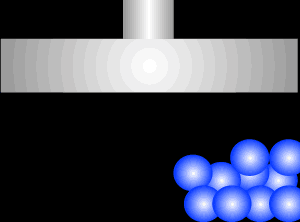
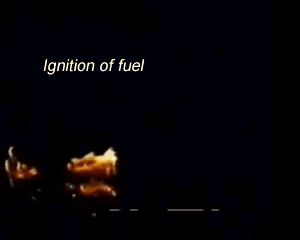

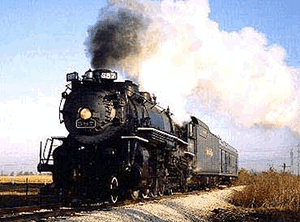
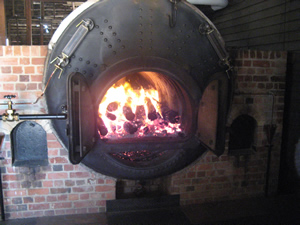
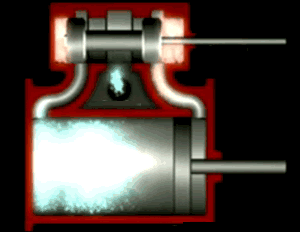
|
Particle theory Power of steam and fuels |
|
| The volume of a gas increases dramatically when heated. When a liquid fuel is injected into the pistons of an engine and ignited it produces gas and releases heat. This causes the volume of the gas to greatly expand pushing the pistons upwards. |
|
| Using the particle theory explain why the fuel expands quickly when ignited. |
|
| Using the particle theory explain how a jet engine creates thrust. |
|
| Steam was put to good use during the industrial revolution. Water was heated in confined spaces to form steam. As the steam expanded it performed mechanical work by pushing against pistons. The mechanical work performed by steam gave rise to the railroad and the ability to transport people and equipment great distances. |
|
| The power of changing the state of water from a liquid to a gas was responsible for the creation of these huge machines that powered their way through the countryside. |
|
| Wood and coal were used as the fuel to heat water into steam. |
|
| The clever mechanism shown on the right was used by steam trains. Steam particles collide with the walls of the vessel with such force that heavy steam engines were able to move at high speed along tracks carrying heavy equipment. |  |
| Explain using the particle theory how mechanical force is generated when water is converted to steam in a sealed vessel. |
|
| Water molecules and steam molecules both | |
| Particles of a solid | |
| Gas particles and also . | |
| As steam is heated its particles | |
| Steam is preferred over hot water in generating motion because | |